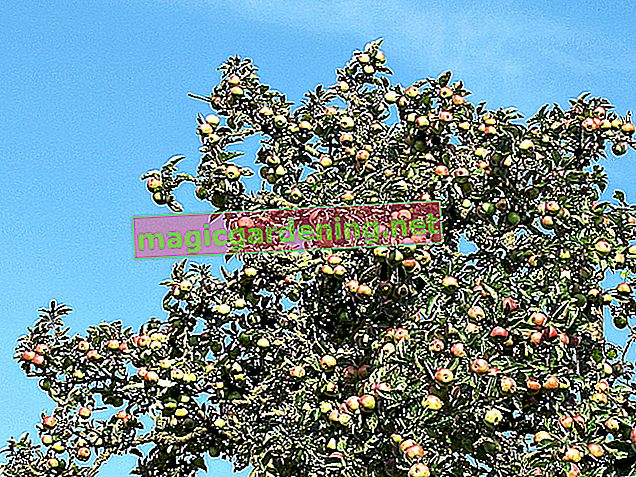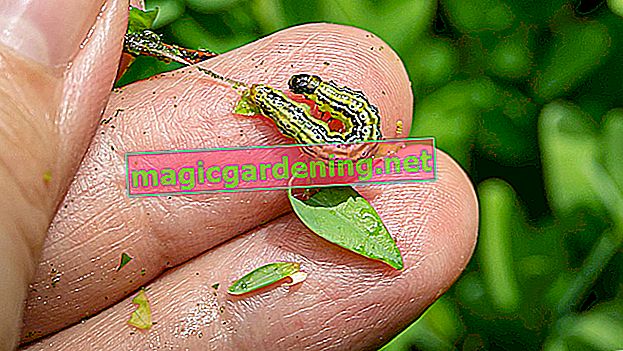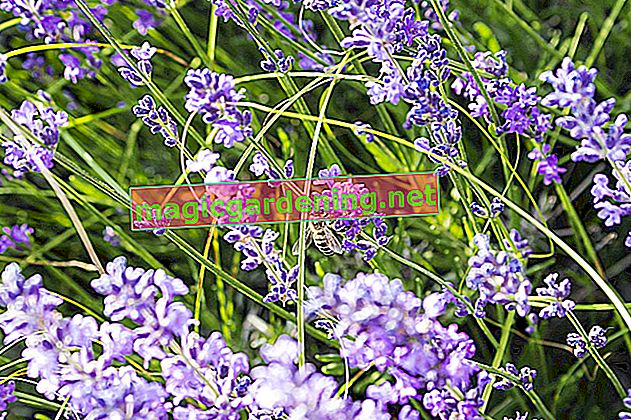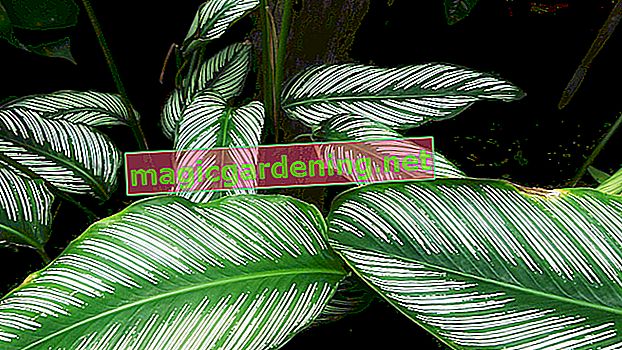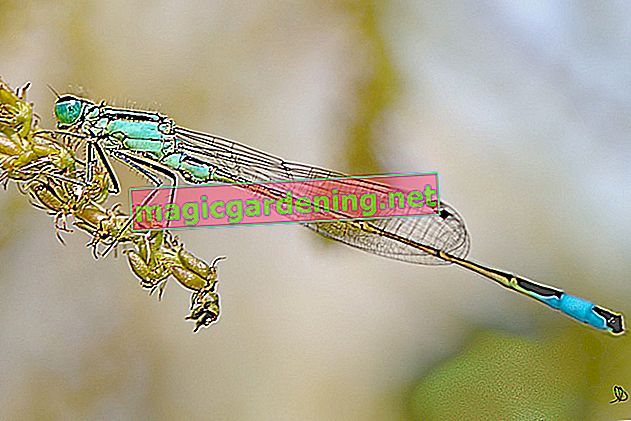
Short and sweet - a profile with the most important facts
- Plant family: buttercups
- Latin name: Ranunculus aquatilis
- Plant group: aquatic plants
- Origin: native plant, spread almost worldwide
- Occurrence: ponds, ditches, bog forests
- Lifespan: several years
- Habit: creeping, long shoots, flat
- Leaves: green, alternate
- Flowering period: May to August
- Blossom: cupped, white-yellow
- Location: full sun to partial shade
- Water depth: 20 to 100 cm
- Propagation: division, sowing
- Special features: poisonous, donates oxygen
Where the water crowfoot likes to grow
You will find the water crowfoot especially where it is wet. That can be in Germany as well as in other parts of the world. It has a wide distribution area.
also read
- Plant water crowfoot: location, water depth, distance and co
- The pond - a suitable location for the water cockfoot?
- The forget-me-not - a profile
This plant is well suited for stagnant and slowly flowing waters. It is often used to plant larger garden ponds. It acts there as a natural water purifier. The water crowfoot is preferred to nutrient-rich waters with a muddy-humus bottom. He is hardy and loves lime.
This is what it looks like in detail!
The water crowfoot is on average between 10 and 50 cm high. It spreads out flat. Its roots are under water, as are part of its leaves. Some leaves float on the surface of the water. The same is true of the flowers with their long stems.
The green foliage is arranged alternately around the long shoots. It is evergreen, glabrous, and stalked. The submerged leaves, the dipping leaves, look like a thread and are finely divided. In contrast, the floating leaves, which are up to 2 cm wide, are round and triple lobed.
In early summer - around May - the flowers of the water cockfoot appear. They are present on the water surface or shortly above it until August. They are 2 cm wide. Five free-standing petals set the tone. They are colored white. A yellow color shines from the center of the radial, hermaphrodite and radial symmetry flowers.
Tips
Caution: The plant juices from the water crowfoot can cause skin irritation. It is therefore better to wear gloves when handling and never eat any parts of the plant! The plant is poisonous!

